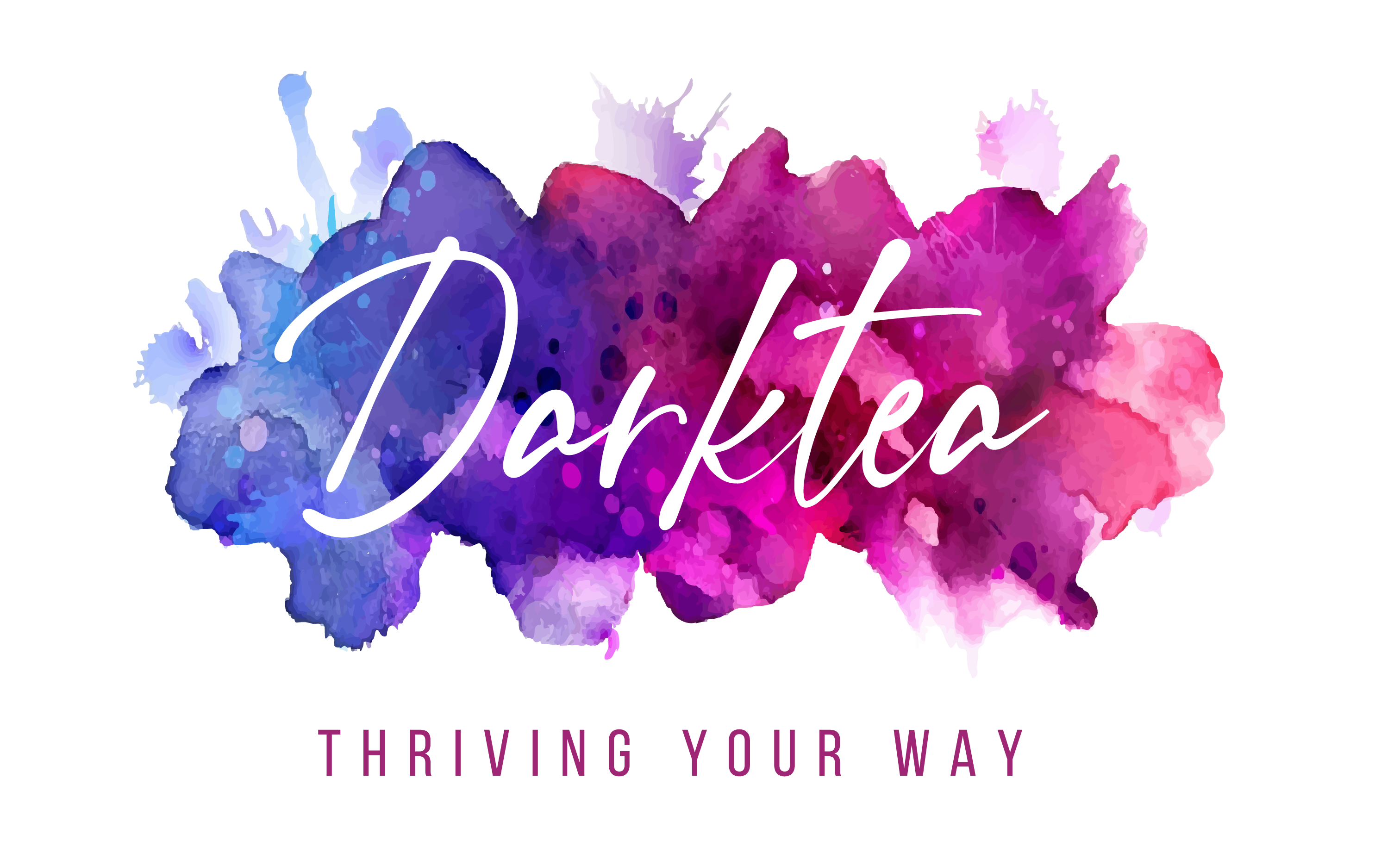There is an expectation that journals should start on 1st January, however there is no reason why you can’t start a journal in the middle of the year. In fact, I’d encourage you to start a journal when you have the thought instead of waiting for the new year; why waste time.

There are two reasons we think you need to start on the 1st January:
- link with new year resolutions
- diaries usually start 1st January
Neither of these are good enough reasons to delay. Firstly new year resolutions create unnecessary pressure on ourselves and secondly why constrain yourself by a printed book. There are plenty of different books you can use for a journal , including blank notebooks where you create the format to fit you style.
Here are some ideas on starting a journal in the middle of the year, including filling any blank pages in pre-printed notebooks.
Use a pre-printed notebook
There are two main types of pre-printed or structure notebooks: a page a day journal or 5 year journal. Both come in dated and undated formats (these are not as easy to find, but do exist in UK and USA).
A third type is a book of prompted questions such as asking you to write where you grew up. As these are normally focused on collecting information, they are not date dependent and can be started at any time.
If you use a pre-dated journal after 1st January you’ll find you have some empty pages. These can be easy to fill depending on how through the year it is.
- Use a page a day diary and write a review of the days you’ve missed making it clear they were not written at the time, perhaps using a different style like a bullet point list or mind map
- Review your status updates on Facebook and Twitter and any emails you sent on the missed days and copy in any that describe what you did or how your felt
- Create a collage of information relevant to each day e.g. bus tickets, leaflets
- Stick in a photograph taken on each missed day
- leave them blank, it is part of your journalling story, there is no reason why they should be filled in just because they’ve been printed
- use the first few pages to write information you may not include otherwise e.g. description of current situation e.g.where you live, your job, list of what you want to achieve this year, description of the people who may make an appearance, or create an index so you can easily refer to key events / emotions in the future
- start on today’s date and at the end of the year loop round and start using the first part of the year , just make sure you make the dates clear.
Use a blank notebook
There are a number of reasons a blank notebook is a great for a journal:
- you can start when you want with no empty pages
- if you miss a day or weeks you can pick up where you left off with no guilt
- you can write as much as you want without the end of the page creating a limit.
When I used large A4 notebooks I would start and stop my entries part way through a page, but now I use a smaller A5 notebook I start each entry on a new page and I’m happy to stop writing when I want even if it is only part way through a page.
Journaling and Bullet Journalling
Blank notebooks and journalling are starting to be associated with bullet journalling. In their original formats I consider journals and bullet journals as having different purposes. Journals are a way of recording your thoughts about what has happened and what might happen, and a bullet journal is an organisation system. However, journals are personal and many people have combined different techniques to be their own style.
There are many examples of beautiful bullet journal layouts online, don’t compare your approach to these. The original bullet journal technique uses just a pen and notebook. You don’t need to go down the art journal approach if you don’t want, equally you can simplyadd the occasional doodle, drawing or ticket.
Use software
Software is similar to using a blank notebook. There is no structure so you can start when you want, and write when you want. There are two main options, journal writing software (which may include dated entries, but they are less obvious than in a notebook) and a word processor or notetaking software where you can create your ownstructure.
Software is available for your computer, phone or in a web browser so you can choose what is most suitable for you, or even choose an option which syncs so you can access in it different ways depending on where you are.
Just start whenever you want even if it is the middle of a year
Journalling is a personal activity so do it the way that works for you. It is absolutely not necessary to fit with “society norms”. I give you permission to start a journal in the middle of the year.
The oldest journal I’ve kept is from 1989 and I started it at the end of September, in a lined notebook. My motivation to start was because my older sister had started one and I thought it looked exciting, and I wanted to write one for longer!
Focus on where you are now, and don’t worry about earlier in the year. If you decide you want to provide information about earlier in the year, try different ideas, as you may find a new technique you enjoy and want to continue with.
How do you start a journal in the middle of the year? Do you worry about missed days?







